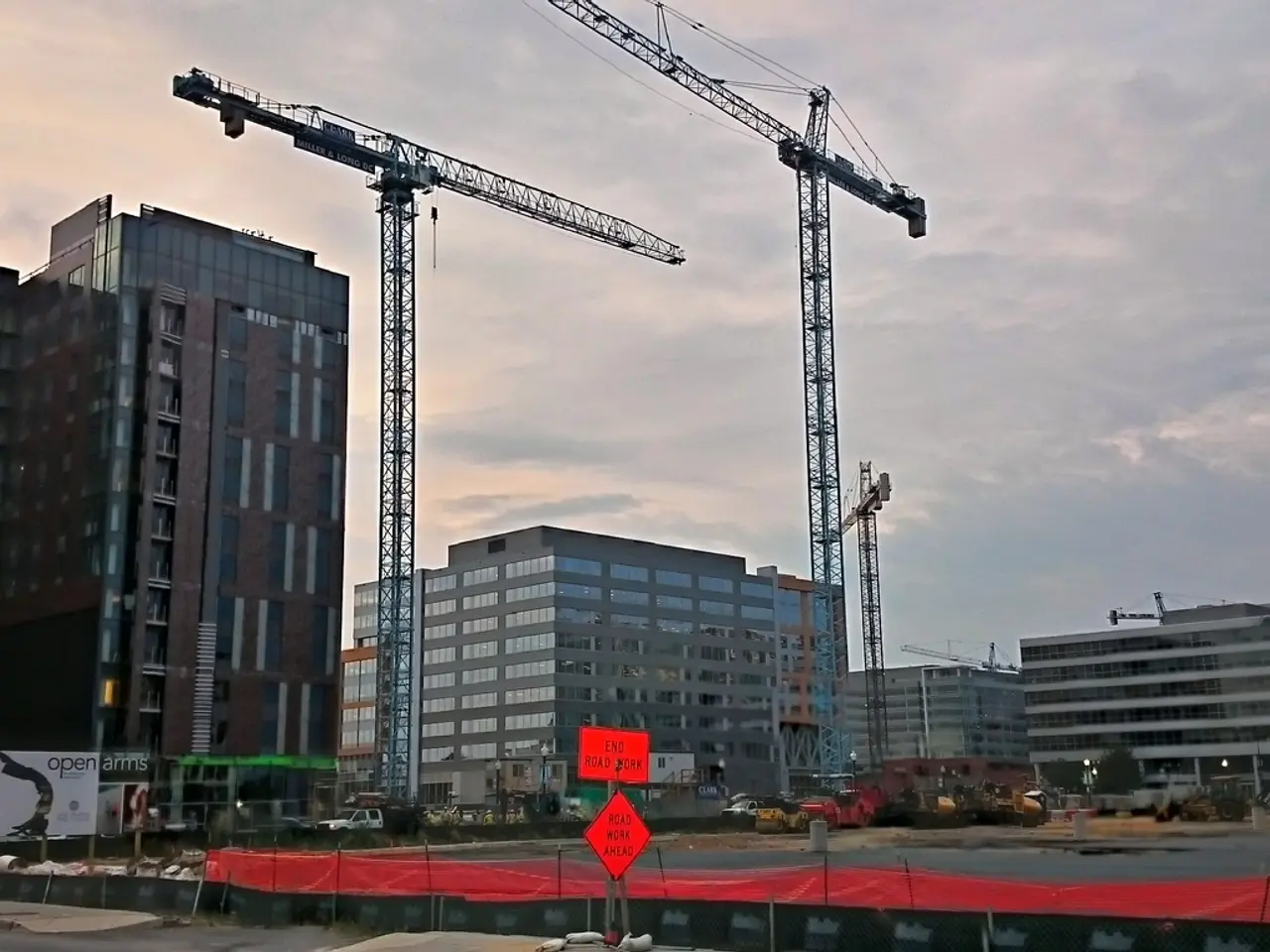Backyard Astronomy Photography by Imran Badr in the Bay Area
In the heart of the San Francisco Bay Area, California, Imran Badr has transformed his Bortle 7 backyard in San Jose into a haven for deep sky astrophotography. With a passion for the night sky that dates back to his early childhood in Karachi, Pakistan, Badr has honed his skills to capture stunning images of celestial bodies despite moderate light pollution.
Badr's astrophotography setup is a testament to his dedication and meticulous approach. He uses a Sky-Watcher Esprit 100ED telescope, a ZWO ASI2600MM Pro camera, and a collection of Antlia 3nm SII, Ha, OIII filters, all mounted on a ZWO AM5 mount. For RGB images, he employs a comprehensive post-processing workflow that includes Channel Combination, DynamicBackgroundExtraction (DBE), BlurXterminator, NoiseXterminator, StarXterminator, Generalized Hyperbolic Stretch (GHS), and adjustments in Photoshop. For narrowband compositions, he follows a similar process, with additional steps such as synthetic Luminance creation and LRGBCombination.
Badr's journey into deep space astrophotography began in the late summer of 2022, when he invested in his first equatorial mount, the ZWO AM5. Since then, he has immersed himself in the art, using tools like Telescopius, Stellarium, and ZWO ASIAir for planning, and relying on resources like YouTube videos, Facebook forums, and images on Astrobin for learning and inspiration.
One of Badr's most notable achievements is the capture of the Lagoon Nebula, an expansive star-forming region approximately 5,000 light years away, over a 43-hour integration period. This project required careful planning, as well as the use of dithering and selective 2x drizzle to optimize the data.
By day, Badr works as an Embedded Systems Technology Manager. But by night, he transforms into a dedicated astrophotographer, investing significant time in planning his imaging projects, carefully framing and composing his shots, and meticulously processing his images to reveal stunning deep sky structures.
Badr's work has earned him recognition, including winning NASA APOD and Astrobin's Image of the Day. His journey serves as an inspiration to many, demonstrating that with passion, dedication, and the right tools, even a Bortle 7 backyard can yield stunning deep sky images.
[1] Imran Badr's astrophotography process: https://www.skiesandscopes.com/imran-badrs-astrophotography-process/ [2] Bortle Dark-Sky Scale: https://en.wikipedia.org/wiki/Bortle_Dark-Sky_Scale
- Imran Badr's dedication to astrophotography extends beyond his ZWO AM5 mount, Sky-Watcher Esprit 100ED telescope, and collection of Antlia 3nm SII, Ha, OIII filters, as he also invests time in tools like Telescopius, Stellarium, and ZWO ASIAir for efficient planning.
- In his day job, Badr works as an Embedded Systems Technology Manager, but at night, he immerses himself in the art of astrophotography, using advanced post-processing workflows to reveal stunning deep sky structures.
- Badr's passion for astrophotography started in early childhood in Karachi, Pakistan, and his journey into deep space astrophotography began in 2022 when he invested in his first equatorial mount, the ZWO AM5.
- One can find resources like YouTube videos, Facebook forums, and images on Astrobin helpful for learning and getting inspired in astrophotography, just as Imran Badr did in his learning trajectory.
- To capture the Lagoon Nebula, approximately 5,000 light years away, Badr used his ZWO ASI2600MM Pro camera and followed a careful process that included dithering and selective 2x drizzle to optimize the data.
- By improving his skills and honing his approach over time, Badr has been able to create stunning images of celestial bodies despite moderate light pollution in his Bortle 7 backyard in San Jose.
- With climate-change and environmental-science being significant topics in today's world, astrophotography can serve as a tool for educating people on diverse subjects like the vastness of space-and-astronomy.
- Amidst his accomplishments, Badr's most notable achievement is winning NASA APOD (Astronomy Picture of the Day) and Astrobin's Image of the Day, showcasing the immense potential of backyard astrophotography.
- Passionate about both technology and the intersection of science and art, Badr's work can inspire others to explore subjects such as data-and-cloud-computing, artificial-intelligence, gadgets, lifestyle, food-and-drink, home-and-garden, travel, and even sports, highlighting their relevance in transforming everyday experiences.




